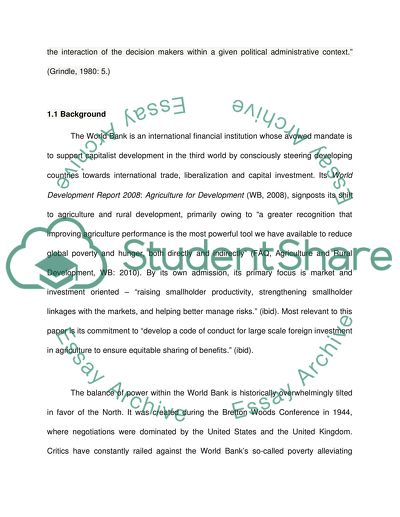Cite this document
(“The World Bank and How It Shaped Public Policy In the Developing World Essay”, n.d.)
Retrieved de https://studentshare.org/marketing/1392470-governance-and-public-policy
Retrieved de https://studentshare.org/marketing/1392470-governance-and-public-policy
(The World Bank and How It Shaped Public Policy In the Developing World Essay)
https://studentshare.org/marketing/1392470-governance-and-public-policy.
https://studentshare.org/marketing/1392470-governance-and-public-policy.
“The World Bank and How It Shaped Public Policy In the Developing World Essay”, n.d. https://studentshare.org/marketing/1392470-governance-and-public-policy.


